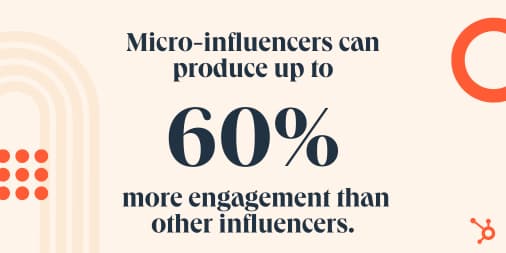Over at Masters in Marketing, Caroline, Laura, and I have interviewed some very bright minds from some very bold brands. We’re talking Liquid Death, New Balance, Oatly.
But we got to wondering: What happens when noted marketing masters get to ask each other the questions? What do the innovators want to know from each other?
This year, we decided to find out with a feature we call Lingering Questions.
The rules are simple: Each interviewee answers a question from the previous master of marketing. Then they drop a question for the next. They may or may not know who it will be (and sometimes neither do we).
But they know it’s someone who knows. 👏 their. 👏 shtick. 👏
Below you’ll find all of the answers to 2024’s lingering questions. (Plus, a bonus rip in the spacetime continuum.)
2024’s Lingering Questions
To kick things off, my colleague, friend, and former AV Club executive editor, Laura M. Browning cooked up this one:
Malört is one of Chicago’s mascots. What would Malört’s mascot be, and why?

Anna Sokratov, Brand manager for Jeppson’s Malört: A 31-gallon galvanized steel trash can with a lid. Both are perceived as being unappealing or gross, and the cans last a long time — similar to the long-lasting flavor of Malört.
Read “This is disgusting, try some”: Marketing Chicago’s vile-tasting liqueur
Sokratov asks:
What unconventional marketing approach would you like to take, and how would you go about doing something you haven’t done before?
Chris Savage, Co-founder & CEO of Wistia: My instinct goes to trying to get an awkward product placement in a summer blockbuster — the dream would be like the next Mission Impossible. Ethan Hunt has to use Wistia to decode something. And it’s egregious — it’d have to be an over-the-top obvious product placement.
Read How Wistia earned absurd growth with two-pizza teams
Savage asks:
What‘s something that you’re doing that‘s working so well, you’re afraid to tell others about it?
Maryam Banikarim, Managing director of Fortune Media: When something works really well, I don’t like holding onto it. I’m a big sharer.
(She’s made the IP for The Longest Table publicly available and is watching communities around the world replicate it.—Ed.)
There is an incredible hunger for in-real-life community. And tapping into that while you leverage technology is a huge, huge opportunity.
There is definitely a movement afoot. And brands who know how to tap into that in an authentic way — not in a transactional way — are going to win.
Read One Question That Will Reinvigorate Your Approach to Marketing
Banikarim asks:
What global campaigns have you seen that you think would translate well and that we should learn from?

Emily Kramer, founder of MKT1: Orange, the mobile and internet company in France, made an ad to highlight its sponsorship of the FIFA Women‘s World Cup. The ad showed a bunch of clips of the men’s soccer team, but at the end they reveal the players are actually from the women‘s team — they used deepfakes/VFX to make them look like the men’s team.
Some takeaways: Don’t just sponsor events as one-offs. Think about the sponsorship as part of a campaign to make it worthwhile. Be on the right side of history as a brand. Lean into trends or existing conversations — like deepfakes and fake content — in an unexpected way.
Read How An Obsession With Quality Led Emily Kramer to 48k Newsletter Subscribers and Counting
Kramer asks:
What marketing framework has been most useful to you in your career?
Dawn Keller, CMO at California Pizza Kitchen: Too many useful frameworks to mention (and plenty not so useful, by the way)!
Probably the most useful to me over the years has been some version of a strategic planning framework (one page) – to really set your high-level objectives and targets, identify your strategies, prioritize the tactics or initiatives within each strategy, determine KPIs, and call out key capability needs/gaps.
Once that’s set, it’s about execution, so any good project or portfolio management framework is key, whether you’re a marketer or any other functional leader for that matter.
I also love a good brand essence or positioning framework… See, too many to choose from.
Read How California Pizza Kitchen Embraces Change, Goes Viral on TikTok, and Gives Consumers FOMO
Keller asks:
What do you think is the top thing that stands in the way of marketers being successful, and why?
Lia Haberman, founder of the ICYMI newsletter: By nature, marketers are cheerleaders for the brands they represent. However, this sometimes leads to their identities becoming so closely tied to the products and services they promote that they struggle to talk about the company in a way that doesn’t sound like a sales pitch.
You can be passionate about a brand and still remain objective. Think about the product as a customer would, without letting loyalty cloud your judgment.
The more marketers adopt a consumer perspective, the better they’ll be able to communicate benefits in a way that truly resonates. This approach can even help them identify opportunities and areas for improvement that might go unnoticed if they’re too busy being the brand’s biggest fan.
Haberman asks:
If budget was no issue, what’s the first thing you’d do as a marketer?

Matt Zaremba, Director of marketing at Bodega: If budget wasn’t an issue, I think I’d allocate those resources towards surprise and delight, rewarding our community and customers.
Growing up as a skateboarder I remember how much it meant to be acknowledged by brands for supporting them, whether that was receiving a sticker pack, a handwritten letter from the team, or some other small gesture.
That’s the core of building brand loyalty… Looking out for your customer and the community forming around your brand, what you do, and what you stand for.
It’s a two-way street and I think more than ever, brands need to contribute, not just broadcast. So if budget wasn’t an issue, I’d focus on even more promo’ing of product, surprise gifts with purchases, and throwing events in more cities to connect with our community in person, building positive energy and creating memories.
Read Bodega’s Matt Zaremba on How to Avoid Empty Calorie Marketing
Zaremba asks:
What do you see as the future of marketing and how do you think it will affect your strategy?
Aja Frost, Senior director of global growth at HubSpot: I think the future of marketing is incredibly personal — the more sophisticated AI becomes, the more possible it will be to have every visitor experience a totally customized journey throughout the internet, from the ads and search results they see to the websites they land on, how they move through those websites, and the nurturing they receive.
Person A, who works at a big corporation, will see enterprise-centric value props, images, CTAs, email messaging and design, etc., whereas Person B, who works at a startup, will see startup-friendly value props, images, CTAs, emails, etc.
HubSpot knows personalized experiences are better for both the visitor and the company, and so we’re trialing new technology as it comes out and thoughtfully introducing personalization across every touchpoint.
Frost asks:
What’s one book or article every marketer should read?
Chandler Quintin, Co-founder & CEO of Video Brothers: I’d normally suggest The Tipping Point, but I’m going to guess everyone has read that!
My recommendation is Humanizing B2B: The new truth in marketing that will transform your brand and your sales by Paul Cash and James Trezona.
It‘s all about the realization that humanizing and meeting the audience on the human level is more effective than treating the audience like a business. Tapping into emotions and culture versus features and benefits. There’s a solid handful of gems within this book!
Read How an Entertainment Strategy Helps You Cut Through the White Noise
Quintin asks:
How should marketers approach their strategies in verticals in which most competitors offer the same thing? How do you approach not only standing out, but also winning?

Grace Kao, Head of global business at Spotify: Meeting consumers where they are and in ways that align with their preferences allows brands to build stronger trust and true connection. So to stand out, it’s important for marketers to connect authentically with audiences.
At Spotify, we’re continuing to invest in innovative products and campaigns like Wrapped — our end-of-year thank you to fans, artists, authors, creators, and advertisers — and providing creative tools that enable brands to reach these audiences in the right moments and celebrate the fans who make Spotify, Spotify.
Somewhere around October, when the veil between worlds became thin, the Sacred Timeline split, and Chris Savage’s question is asked again, resulting in two threads of questions. This is because the ways of the universe are infinite and mysterious. (It was me. I goofed. Now there’s two threads. I’ll fix it.)
Savage asks: What’s something you’re doing that’s working so well, you’re afraid to tell others about it?
Hassan S. Ali, Creative director of brand at Hootsuite: I have to say that the creative brand team at Hootsuite is working so well that it‘s like a secret. Just to watch the collaboration and the teamwork that occurs here — it’s something I’ve never experienced before.
Ali asks:
What advice would you give yourself when you were first starting out?
Andréa (Dréa) Hudson, Head of audience development & distribution for HubSpot Media: I’d give myself the same advice I still give myself: Find the dots, connect the dots, follow the vision. It can be really easy to become overwhelmed by the art of prioritization — but if everything is a priority, nothing is a priority, so focus on the things that make an impact to you, in business and in life.
Oh, and don’t shrink to be anything other than who you are. Those who are for you, are for you.
Read How HubSpot Media’s Head of Audience Development & Distribution Breaks the Marketing Mold
Hudson asks:
What have you learned from the biggest failure in your career so far, and how do you plan to leverage that in the future?

Calvin Goncalves, Marketing for New Balance, North America: My biggest failure taught me the critical importance of communication within a team. I realized that unclear information and assumptions can lead to misunderstandings and project delays.
In the future, I plan to focus on transparency and sending regular updates to make sure everyone is aligned and can contribute effectively to our goals. As marketers, we often speak in ideas but not always in actionable terms, so I will also work on translating our creative concepts into clear, actionable steps that everyone can understand and execute.
Read The Power of Partnerships and Innovation, according to New Balance’s Calvin Goncalves
Goncalves asks:
If you could have any superpower to help you in your career, what would it be and why?
Jenna Kutcher, Host of The Goal Digger Podcast: To be able to get into the minds of my customers and see what they’re really struggling with.
I think a lot of times we assume we know what they’re struggling with, but their struggles are actually something different. It can be tricky to get clear on what people really need, versus what they think they want.
And so if we were able to connect the dots a little bit more, that would be a really cool superpower.
Read Digital Marketer Jenna Kutcher Thinks You’re Overcomplicating It
Kutcher asks:
What is one hack that you do to get more energized?
James de Feu, Senior director for performance marketing at Zapier: I do as many “walk-and-talk” meetings as possible throughout the day. This keeps me fresh and typically makes problem-solving much more fun!
De Feu asks:
What’s one marketing trend you think most people are overhyping, and why?

April Sunshine Hawkins, co-host of the Marketing Made Simple podcast: Overhyping? Too much hype? I don’t believe there is such a thing. #Hypegirlforever
Now, if someone is participating in a marketing trend and the whole process is a slog-fest for them, personally, I believe they should farm it out or stop it completely.
There are so many ways to approach marketing that participating in a trend that brings drudgery or chaos simply isn‘t worth it. Sometimes you have to try it to know if you’ll like it or not, but the instant you get started, notice how it feels to participate and decide if the juice is worth the squeeze.
Read You’re Not The Hero — Your Customer Is
Hawkins asks:
What warm memory comes to mind when you hear these three words: creative, curious, courageous?
Wondering who’s gonna share their warm fuzzies? In 2025, we chat with leaders from McDonalds, Quora, Morning Brew, Hootsuite, the Chicago Transit Authority, and so many more.
If you’re not subscribed to Masters in Marketing, now’s a good time to fix that. (While I go fix the timeline.)
![]()



![Download Now: The Annual State of Artificial Intelligence in 2024 [Free Report]](https://i4lead.com/wp-content/uploads/2024/12/b72f2b25-8cc9-4642-9a1b-1e675d3d273b-6.png)
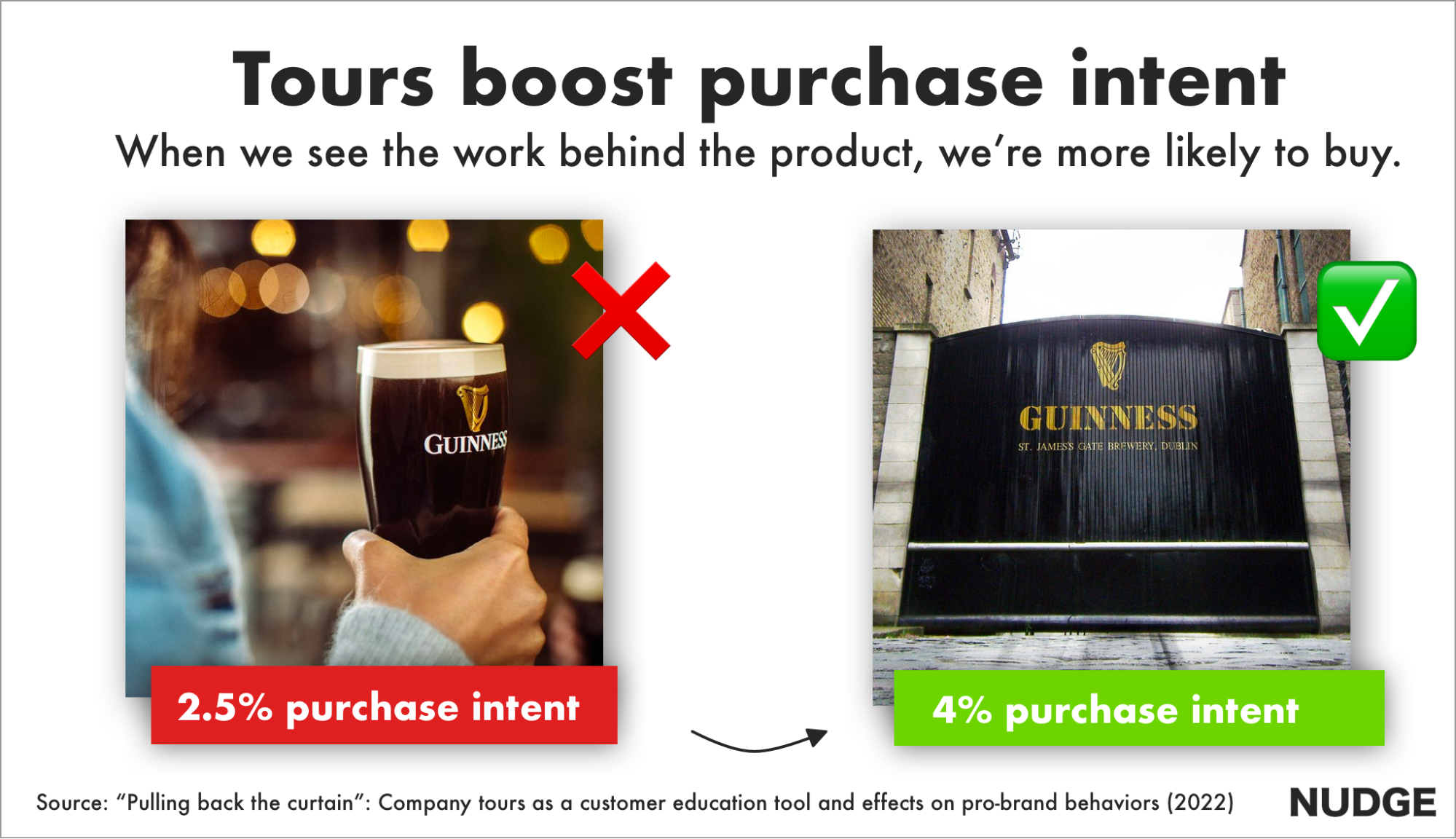
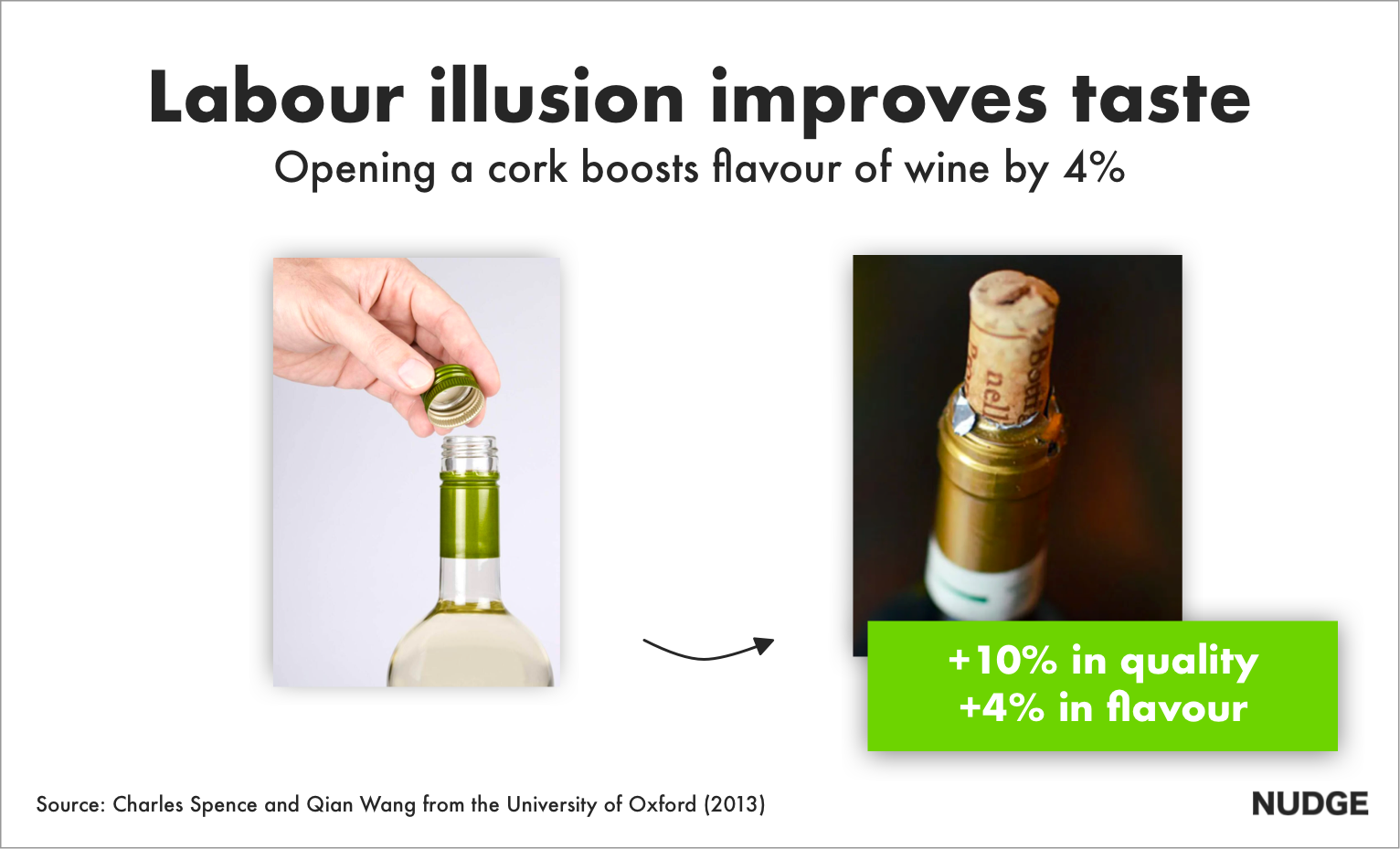
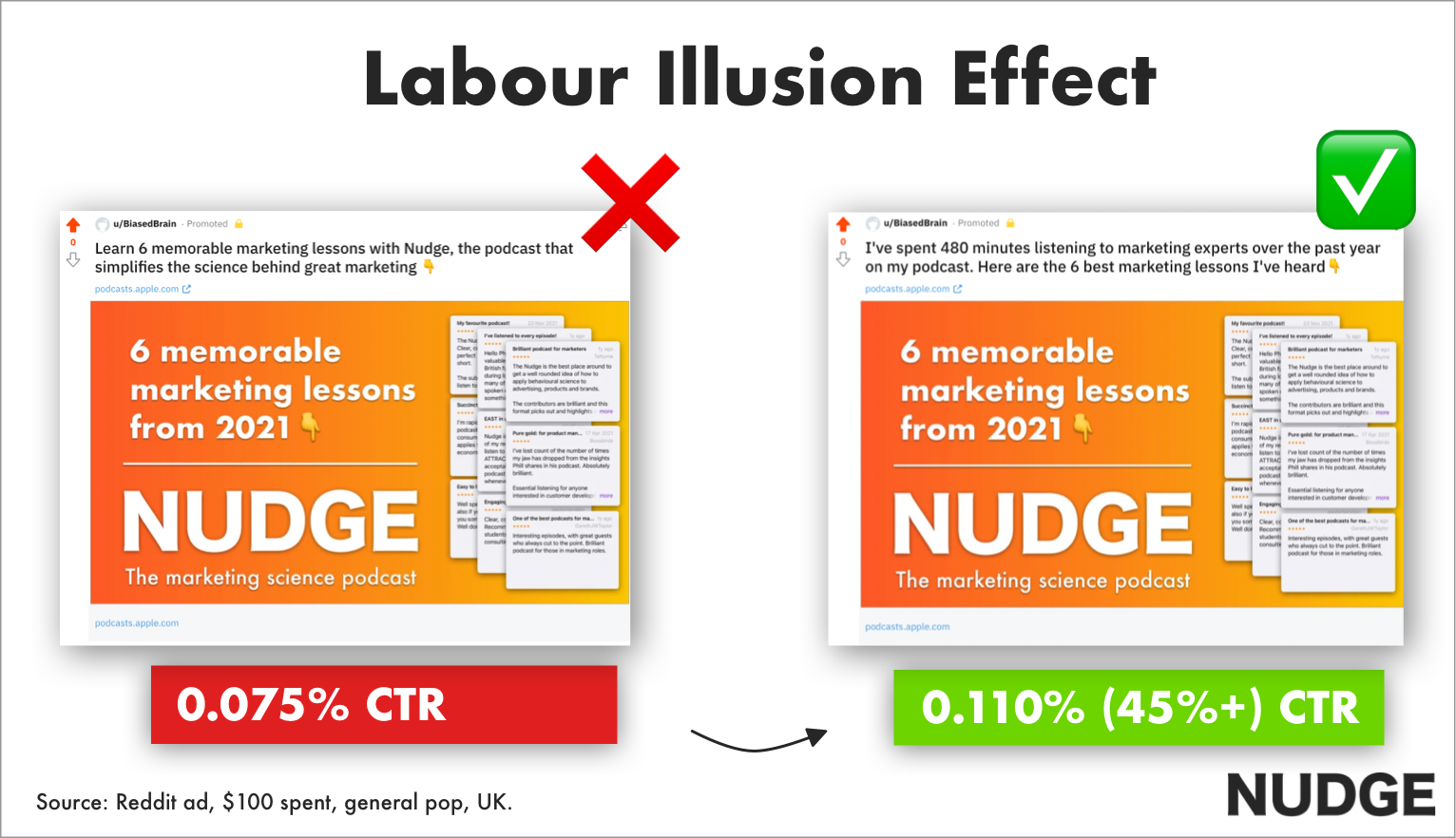



















![Free Ebook: The Marketer's Guide to TikTok for Business [Download Now]](https://i4lead.com/wp-content/uploads/2024/12/2c7242e4-ad54-4f63-8627-a15aa6a2ea50.png)


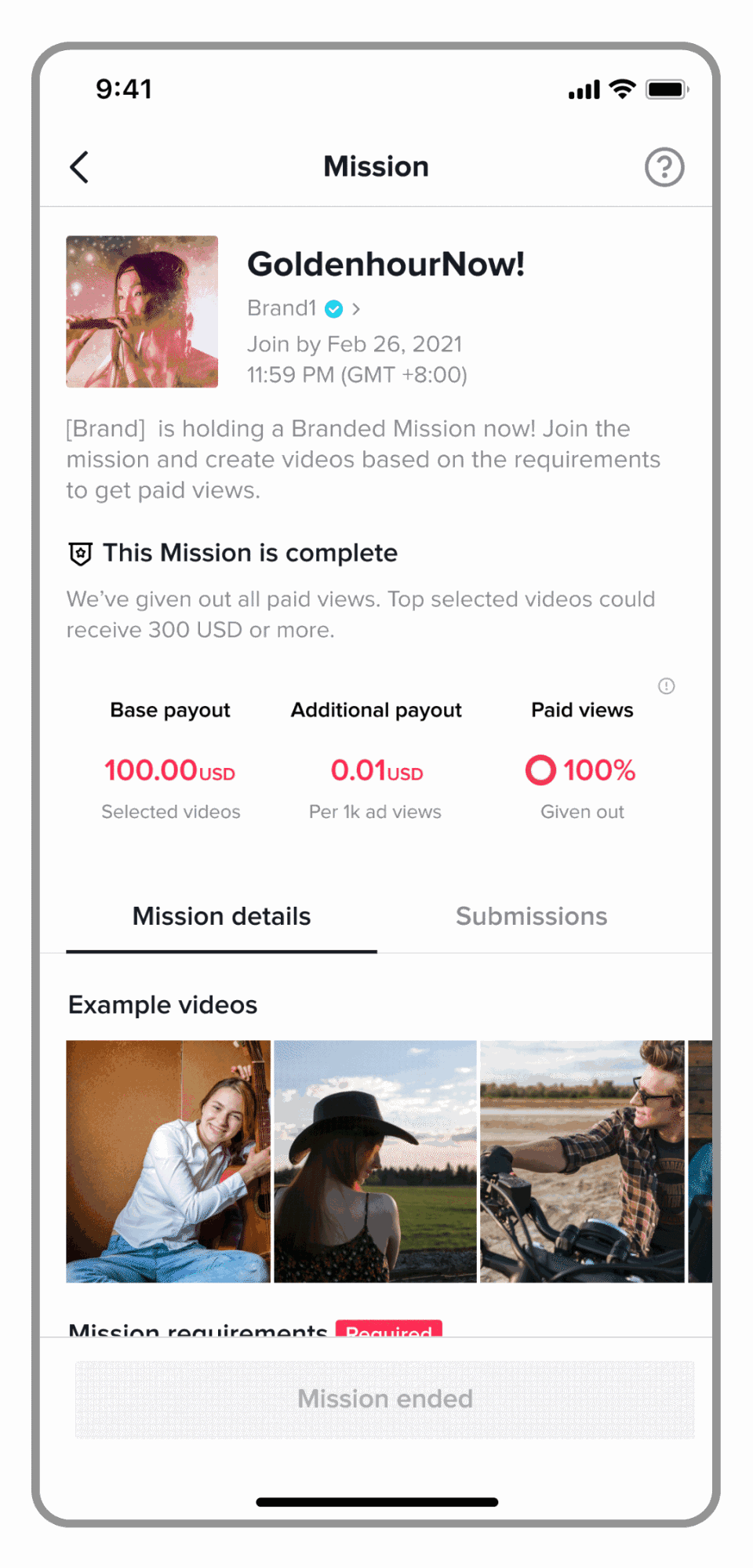
![Download Now: How to Be More Productive at Work [Free Guide + Templates]](https://i4lead.com/wp-content/uploads/2024/12/5ab914ce-204e-40ef-acfe-d7bfec642e1a.png)













































 (600 x 300 px) (4).jpg?width=650&height=325&name=Copy of Facebook Shared Link - 1200x628 - Percentage + Copy - Light (600 x 300 px) (600 x 300 px) (4).jpg)
